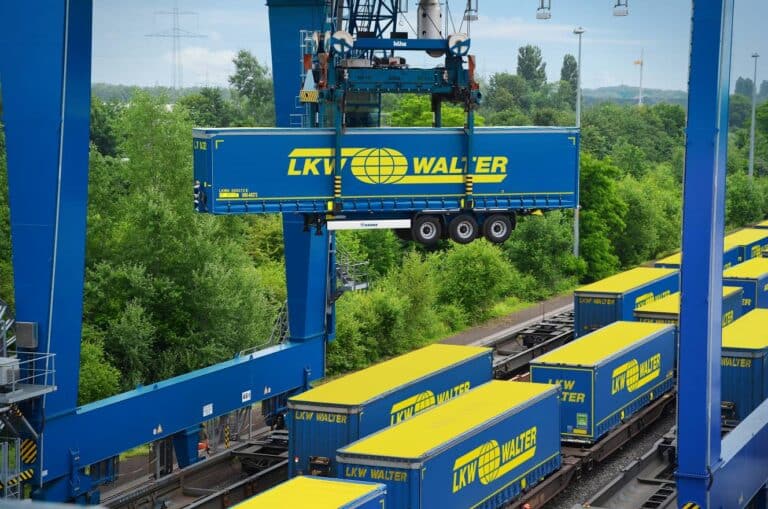Innovation: Logistics companies’ ‘race to the bottom’ must end
At the recent eyefortransport European 3PL Summit, one of the most contentious issues to be debated was the thorny subject of ‘innovation‘. Transport Intelligence’s chief executive John Manners-Bell gives his view: Innovation, or to be more precise – the alleged lack of it demonstrated by logistics providers – is a perennial hot potato, with the perception amongst many manufacturers, retailers and their consultants that logistics companies lack the ability to develop innovative solutions that add value to their clients‘ businesses. All the speakers representing logistics suppliers stressed the need to deliver innovation. However, a question mark hangs over whether shippers are prepared to pay for it. As CEVA’s CEO John Pattullo pointed out, investment is held back by low margins in the industry and ‘open book contracts‘ which pass on all the rewards of innovation to the client. Indeed it could be said that many logistics companies have become addicted to the reactive, one-way relationships that they have built up; winning out-sourced business from competitors as part of a continuous churn, with margins being eroded at the end of each cycle. This ‘race to the bottom‘ will ultimately mean that logistics operations are taken back in house, with suppliers unable to operate at sustainable levels of return. A number of years ago, the chief executive of a publicly listed diversified conglomerate was asked by an analyst why its cleaning services had a better margin than its logistics business. He had no convincing answer. The fact that margins have generally fallen in the years since then should be of serious concern for everyone interested in building a sophisticated and high end logistics sector. Later at the same conference, chairman John Manners-Bell asked whether the clients‘ management consultants were also responsible for killing innovation amongst logistics suppliers. Consultants are often assigned to devise supply chain structures, and only bring in the logistics supply-side at the end of the process. By the time a request for quotation had been received by the logistics provider, the opportunity for them to add value has gone. Instead it comes down to competing on a cents-per-kg basis with the lowest bidder winning. For the logistics industry, real value can only be achieved if the logistics provider can get to the client early in the sales cycle and demonstrate that it has the necessary ‘knowledge capital‘ to create an optimal solution. This is a far cry from the reactive ‘RFQ‘ factory approach and needs a high calibre of talent few companies can deploy. This point relates closely to Pattullo’s assertion that the status of logisticians must be elevated, hence his plan for a new generation of so-called ‘supply chain engineers‘. The consequences of ignoring this problem will be the further commoditisation of the sector, turning the out-sourced logistics industry into a cheap labour factory. The charge of lack of innovation can, of course, be refuted by many examples of logistics providers devising complex solutions that have cut inventory levels and improved customer service. Norbert Dentressangle’s UK collaboration play, bringing together competing tyre manufacturers is a case in point. The issue of innovation is crucial to the future of the out-sourced logistics industry. Logistics companies must do more to convince their clients that they have the capability to bring value, whilst their clients must also be challenged to break out of the cycle of margin-eroding tenders. One thing is clear: expecting logistics companies to work for the thinnest of margins will ultimately reduce the shippers‘ supplier pool, which is in neither parties‘ best interests. |


